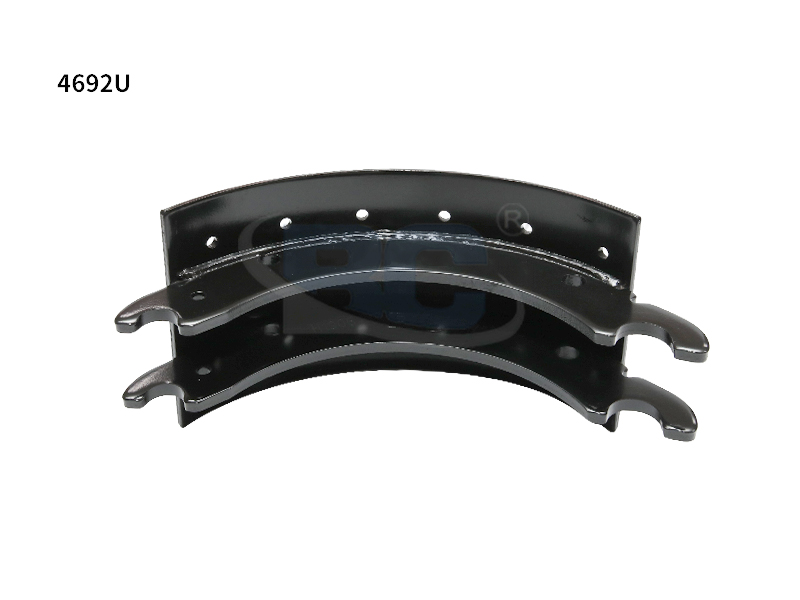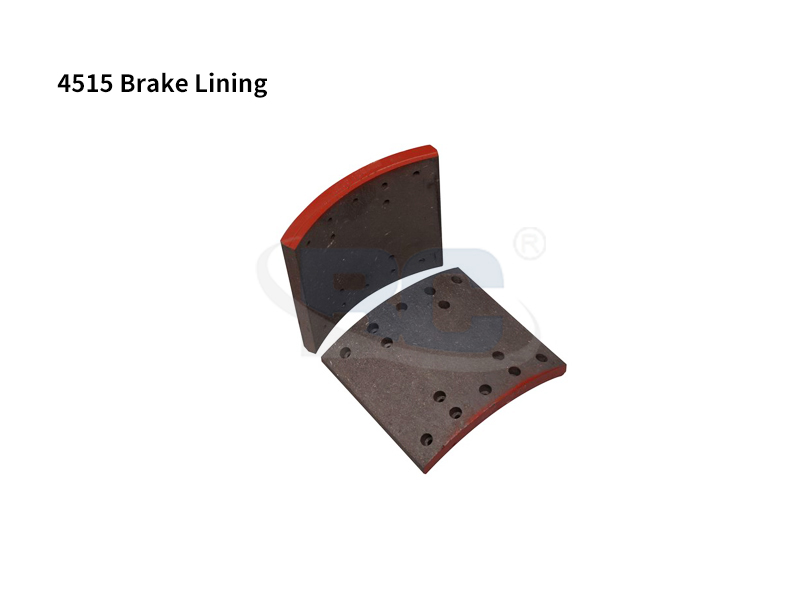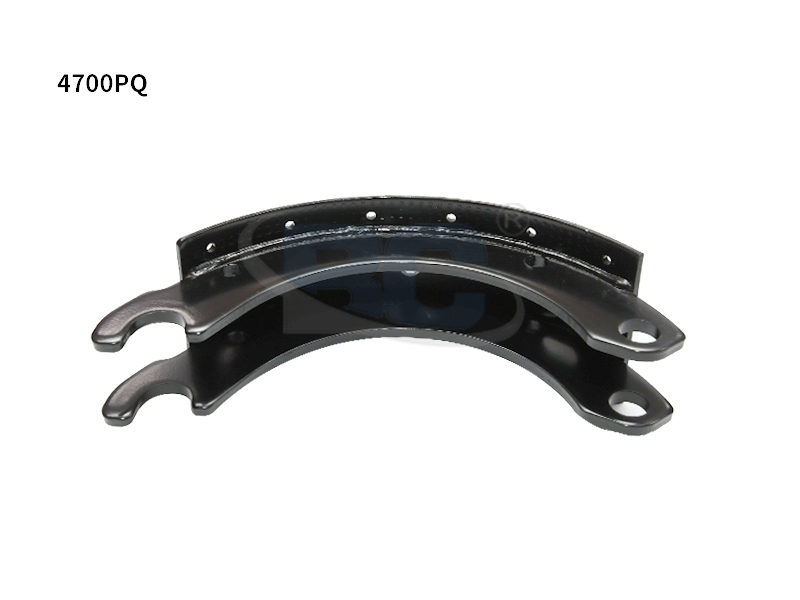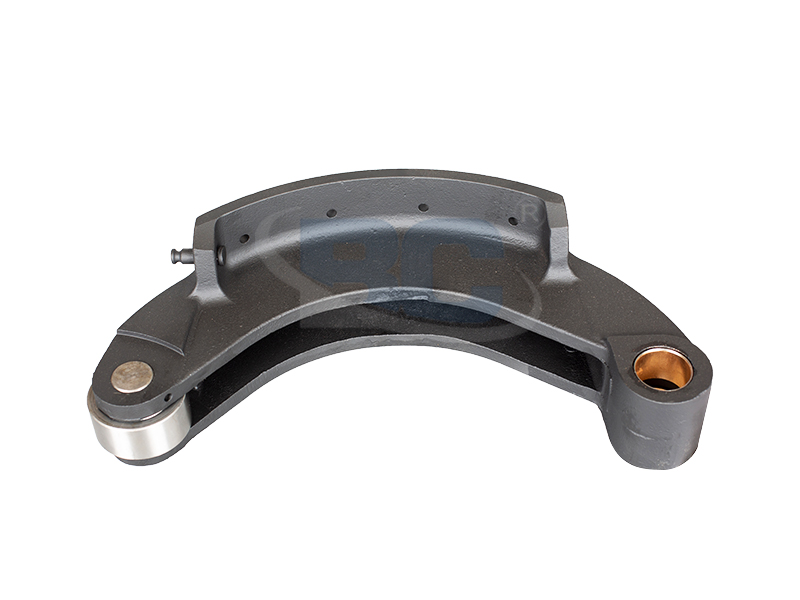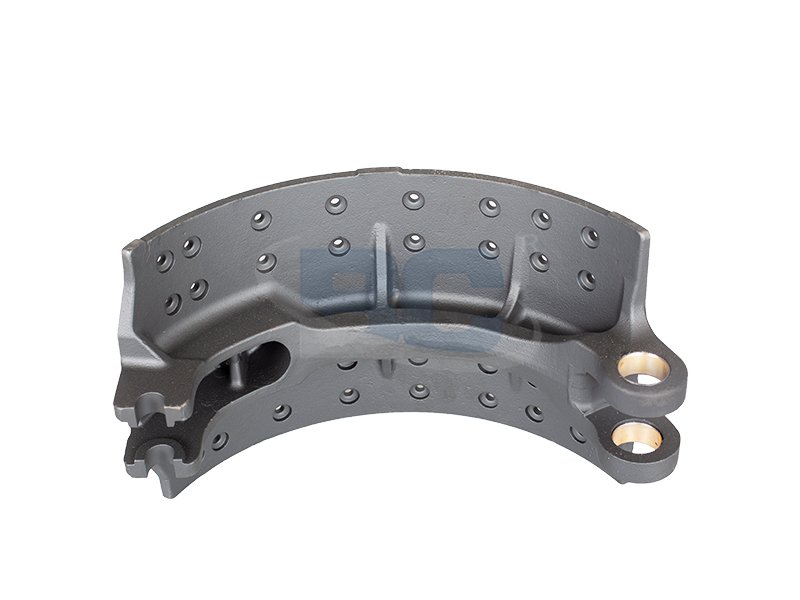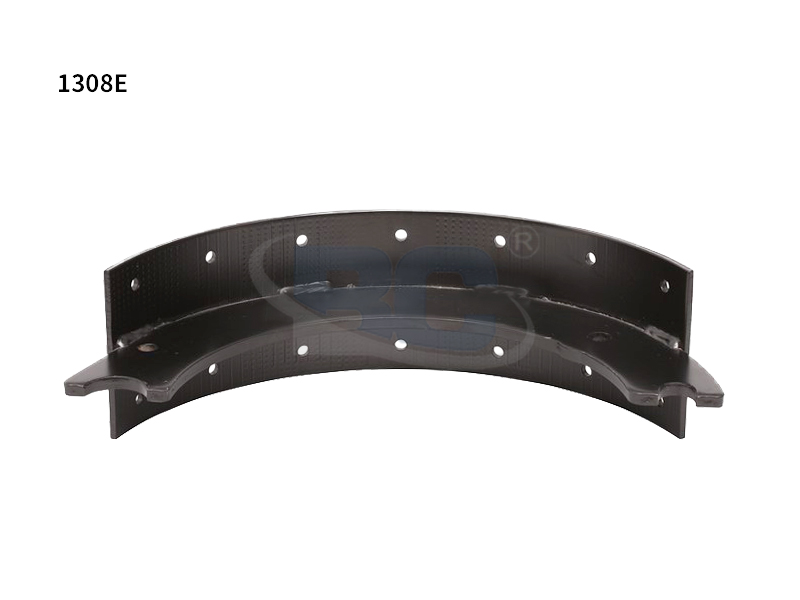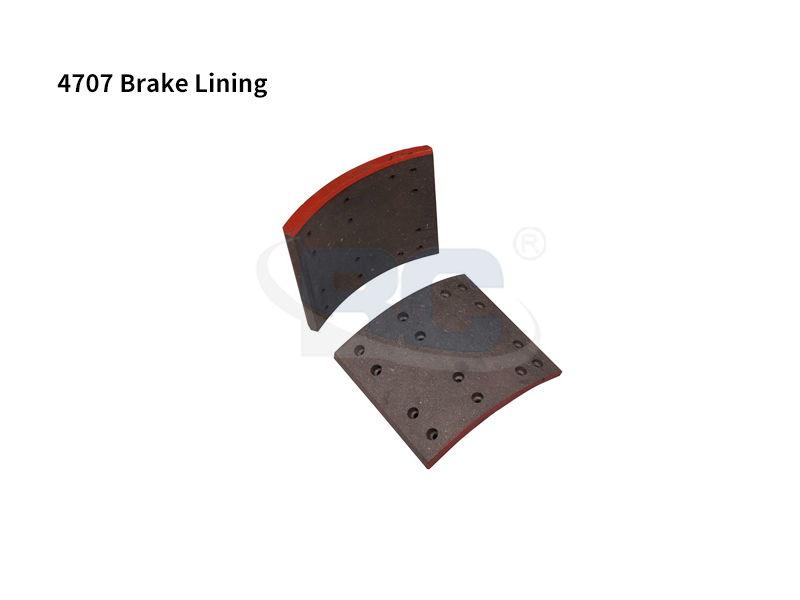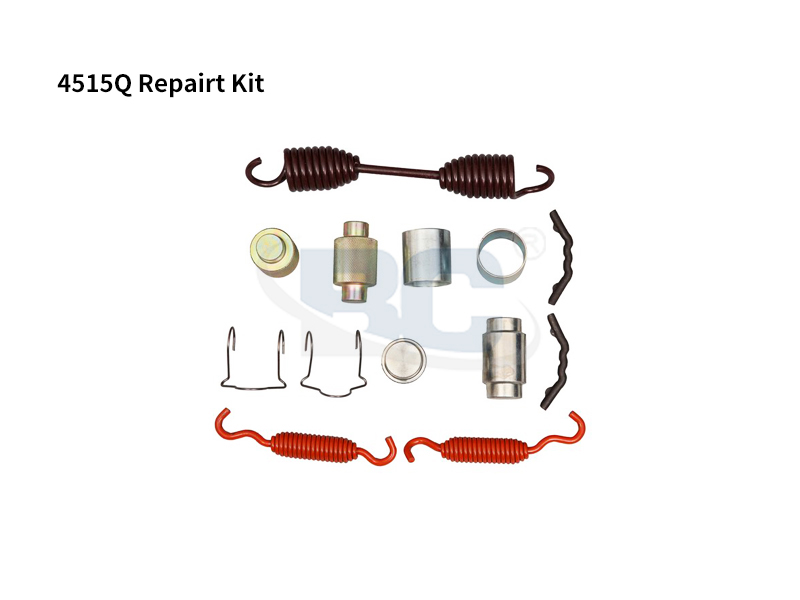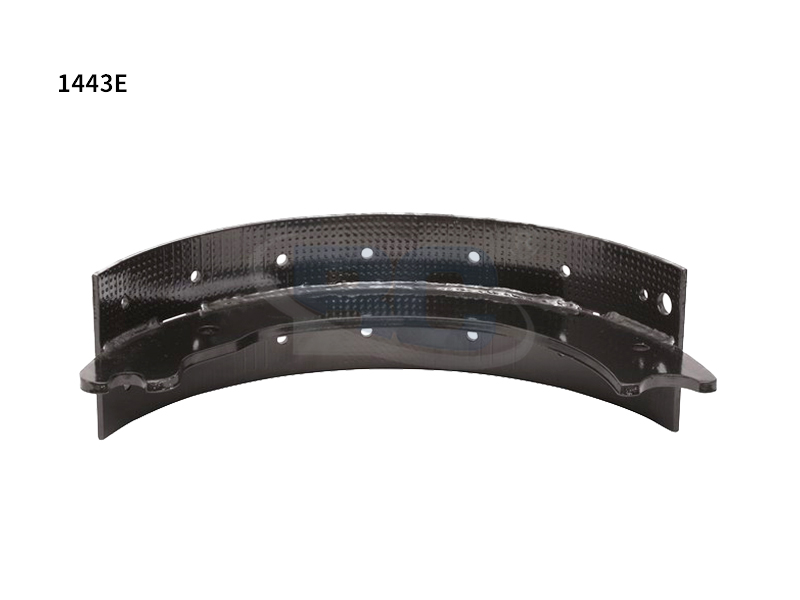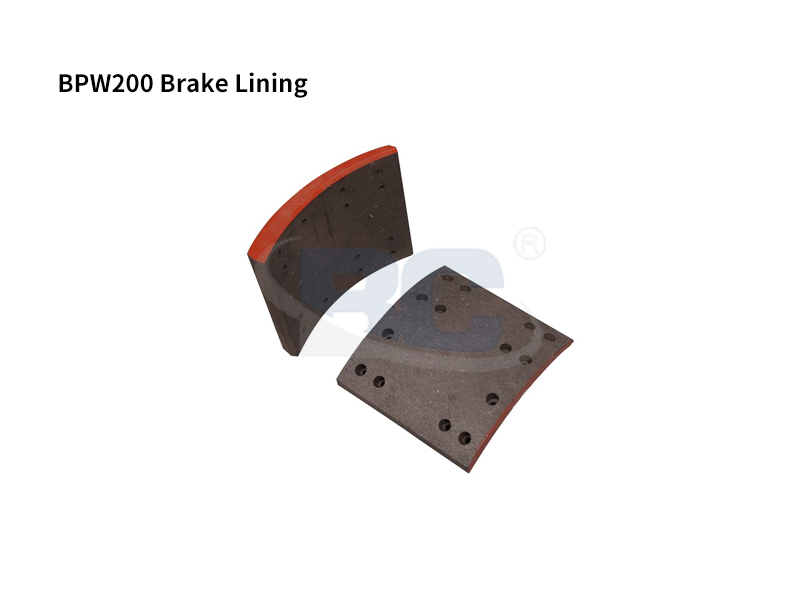Three common car brake pad replacement cycles and methods
Automobile brake pad refers to the friction material fixed on the brake drum or brake disc that rotates with the wheel. The friction lining and friction lining block bear external pressure and generate friction to achieve the purpose of vehicle deceleration. The friction block is the friction material pushed by the caliper piston to squeeze on the brake disc. Due to friction, the friction block will gradually be worn out. Generally speaking, the lower the cost of the brake pad, the faster it will wear.
The friction block is divided into two parts, the friction material and the bottom plate. The friction material part can still be used after being worn. After the friction material is used up, the bottom plate and the brake disc will directly contact, which will eventually lose the braking effect and damage the brake disc. The repair cost of brake discs is very expensive. Generally, the basic requirements for brake pads mainly include wear resistance, high friction coefficient, and excellent heat insulation performance. According to the different braking methods, the brake pads can be divided into two types: drum brake pads and disc brake pads. According to different materials, the brake pads can generally be divided into asbestos type, semi-metal type, NAO type (that is, no Asbestos organic matter type) brake pads and other three types. With the rapid development of modern technology, like other brake system components, the brake pad itself has also been continuously developed and changed in recent years. In the traditional manufacturing process, the friction material used on the brake pad is a mixture of various adhesives or additives, and fibers are added to it to increase its strength and play a reinforcing role. Brake pad manufacturers tend to be tight-lipped when it comes to announcements about the materials used, especially new formulations. Of course, some ingredients such as mica, silica, and rubber fragments are public. The final effect of brake pad braking, wear resistance, temperature resistance and other properties will depend on the relative proportions of different components. Here is a brief talk about several different materials of brake pads. Asbestos-type brake pads Asbestos has been used as a reinforcement material for brake pads since the beginning. Asbestos fiber has high strength and high temperature resistance, so it can meet the requirements of brake pads, clutch discs and pads. This fiber has strong tensile strength, can even match with high-grade steel, and can withstand high temperatures of 316°C. More importantly, asbestos is relatively cheap. It is extracted from amphibole ore, and this ore has been found in large numbers in many countries.
In the composition of asbestos brake pads, asbestos accounts for 40-60%, but it is now found that most asbestos has potential hazards. Asbestos has been confirmed by the medical community to be carcinogenic, and its needle-like fibers can easily enter the lungs Staying, causing irritation, can eventually lead to the occurrence of lung cancer, but the incubation period of this disease can be as long as 15-30 years, so people often don't realize the harm caused by asbestos. As long as the asbestos fiber is fixed by the friction material itself, it will not cause harm to the health of the workers, but when the asbestos fiber is discharged along with the brake friction to form brake dust, it may become a series of root causes affecting health. According to the test made by the Occupational Safety and Health Association (OSHA), every time a routine friction test is performed, millions of asbestos fibers are emitted into the air from the brake pads, and this fiber is much smaller than human Her hair is invisible to the naked eye, so a single breath can suck thousands of asbestos fibers without people noticing it. Similarly, if an air tube is used to blow away the brake dust in the brake drum or brake parts, countless asbestos fibers can also be blown into the air. These dust will not only affect the health of the working technicians, but also affect any Other people present caused health damage.
Even some extremely simple operations such as: striking the brake drum with a hammer to loosen it, allowing the internal brake dust to come out, and it can also produce a large amount of asbestos fiber floating into the air. What is even more worrying is that once the fibers float in the air, they will last for several hours, and then they will stick to clothes, desktops, tools and other surfaces you can think of. Whenever they encounter agitation (such as cleaning, walking, air flow generated when using pneumatic tools), they will re-float into the air. Normally, once this material enters the work environment, it will stay there for months or even years, causing potential health effects on the people working there and even customers. The Occupational Safety and Health Association of America (OSHA) also pointed out: People’s working environment must contain no more than 0.2 asbestos fibers per square meter to be safe. At the same time, asbestos dust generated in daily brake maintenance work should be minimized. Try to avoid work that may cause the release of dust (such as knocking on the brake pads, etc.). But in addition to the health hazards, asbestos brake pads also have another important problem. Because asbestos is thermally insulated, its thermal conductivity is particularly poor. Usually repeated use of the brake will cause heat to accumulate in the brake pads. When the brake pads become hot, its braking performance will change, and the same friction and braking force will be generated. You will need to step on the brakes more times. This phenomenon is called "brake shrinkage". If the brake pads reach a certain degree of heat, the brakes will fail. When vehicle manufacturers and brake material suppliers decided to develop new and safer alternatives to asbestos, new friction materials emerged almost simultaneously. This is the "semi-metal" hybrid and non-asbestos organic (NAO) brake pads to be discussed below. "Semi-metal" hybrid brake pads "Semi-metal" hybrid brake pads (Semi-met) mainly use rough steel wool as a reinforcing fiber and an important mixture. From the appearance (fine fibers and particles), asbestos type and non-asbestos organic type brake pads (NAO) can be easily distinguished, and they also have certain magnetic properties. Steel wool has high strength and thermal conductivity, which makes "semi-metal" hybrid brake pads have different braking characteristics from traditional asbestos brake pads. For example: "semi-metal" brake pads have high metal content and high strength. High metal content also changes the friction characteristics of the brake pads. It usually means that "semi-metal" brake pads require higher braking pressure to accomplish the same Braking effect.
Especially in the low temperature environment, the high metal content also means that the brake pads will cause larger surface wear of the brake discs or drums, and will produce greater noise. The main advantage of "semi-metal" hybrid brake pads (Semi-met) lies in its temperature control ability and higher braking temperature. It has poor heat transfer performance with asbestos type and poor cooling capacity of brake discs and brake drums. Compared with them, they help the brake disc and drum to dissipate heat from their surface when braking, and the heat is transferred to the brake caliper and its components. Of course, if the heat is not handled properly, there will be problems. The temperature of the brake fluid will rise after heating. If the temperature reaches a certain level, the brake will shrink and the brake fluid will boil. This kind of heat also has a certain impact on the brake caliper, piston seal ring and return spring, which will accelerate the aging of these components. This is also the reason for reassembly of the brake caliper and replacement of metal parts during brake maintenance. Asbestos-free organic brake material {NAO) Asbestos-free organic brake material mainly uses glass fiber, aromatic poly-cool fiber or other fibers (carbon, ceramic, etc.) as reinforcement materials, and its performance mainly depends on the type of fiber and other Add the mixture. Non-asbestos organic brake materials are mainly developed as asbestos substitutes for brake drums or brake shoes, but recently they are also beginning to be tried as a substitute for front disc brake pads. In terms of performance, NAO brake pads are closer to asbestos brake pads than semi-metal brake pads. It does not have good thermal conductivity and good high temperature controllability like semi-metal brake pads. What is the difference between the new NAO raw materials and asbestos brake pads? Typical asbestos-based friction materials contain five to seven basic mixtures, including asbestos fibers for reinforcement, various additives, and adhesives, such as linseed Oil, resin, benzene and resin. In comparison, NAO friction material contains about seventeen different roller compound materials, because removing asbestos cannot be equivalent to simply replacing a substitute, but a large number of mixtures are needed to ensure braking performance and make it flat or Exceed the braking effect of asbestos friction block. The materials of NAO brake pads have undergone several changes. The current NAO materials have effectively exceeded the performance of asbestos brake pads in many aspects, mainly in terms of anti-friction performance and noise. Of course, the standard should be determined first, because only in this way can any new friction material formulation be tested. These specifications should include friction performance, fatigue resistance, temperature adaptability, wear resistance and noise. The better the friction material, the better the friction performance of the friction block will be maintained at different temperatures and pressures. In other words, the performance should not change much at low or high temperatures.
The better the friction material, the less likely it is that the brake will shrink after repeated braking, which makes the "brake pedal feel" good. Better materials will also reduce wear and noise. The previous NAO brake pads only met some of the requirements, but now they have basically fully met. Today's NAO brake pads have a significantly longer service life than asbestos brake pads, and it also helps to extend the service life of brake drums and brake discs. After introducing the material properties of several main types of brake pads, let's talk about common sense about the use and replacement of brake pads.
https://www.zjbangchi.com/
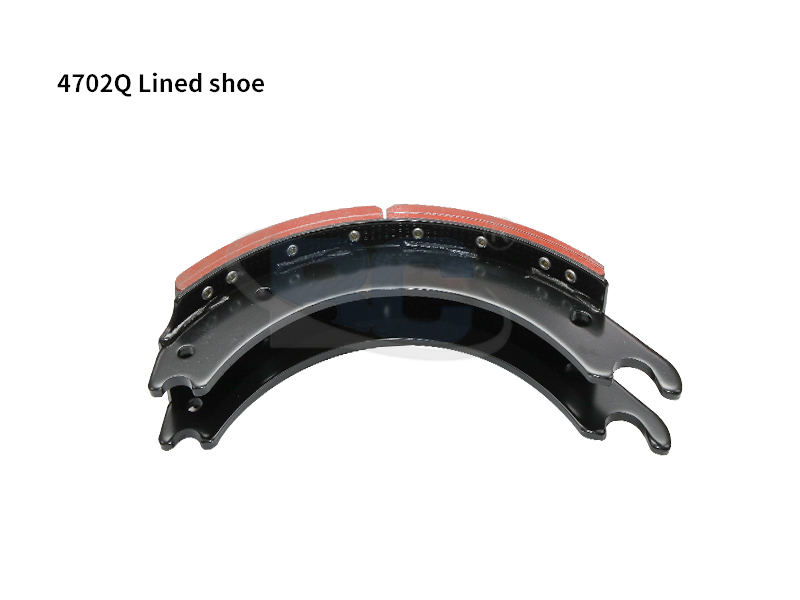

 English
English 简体中文
简体中文